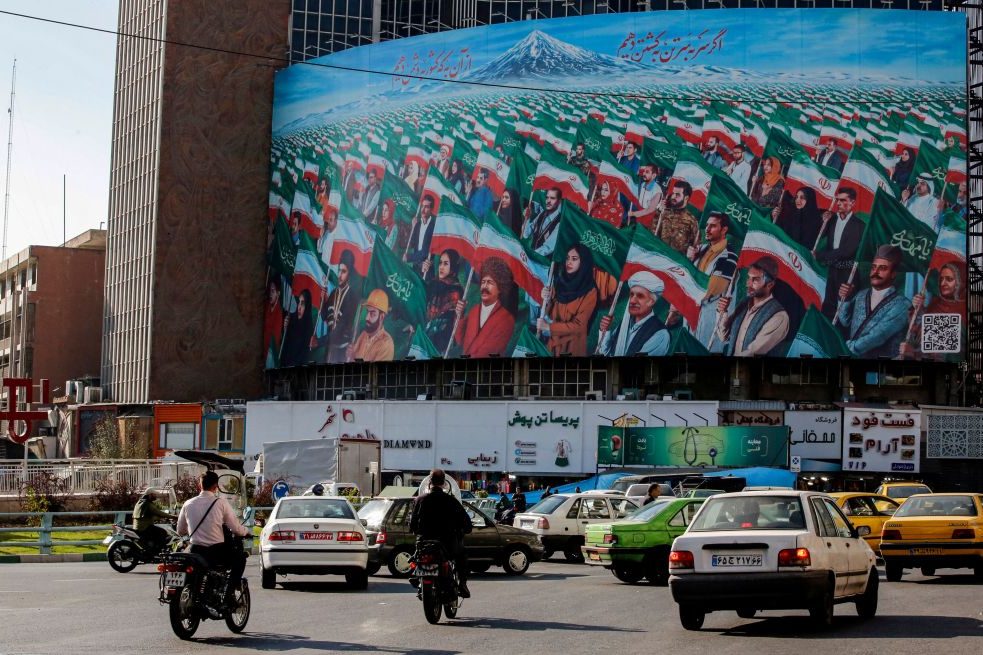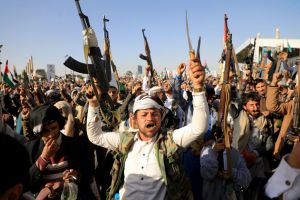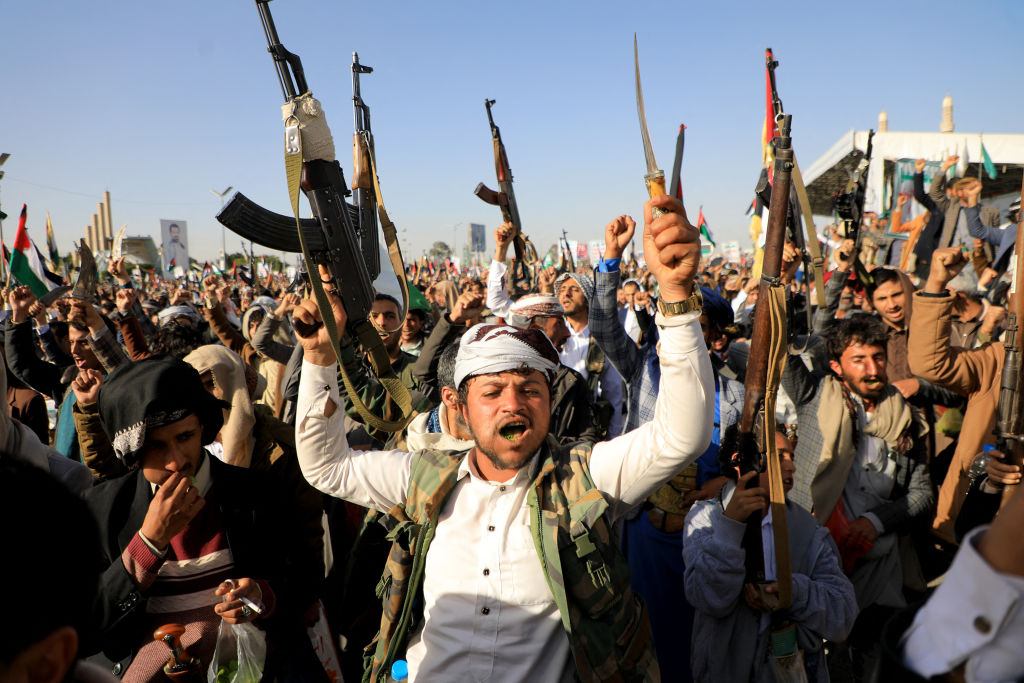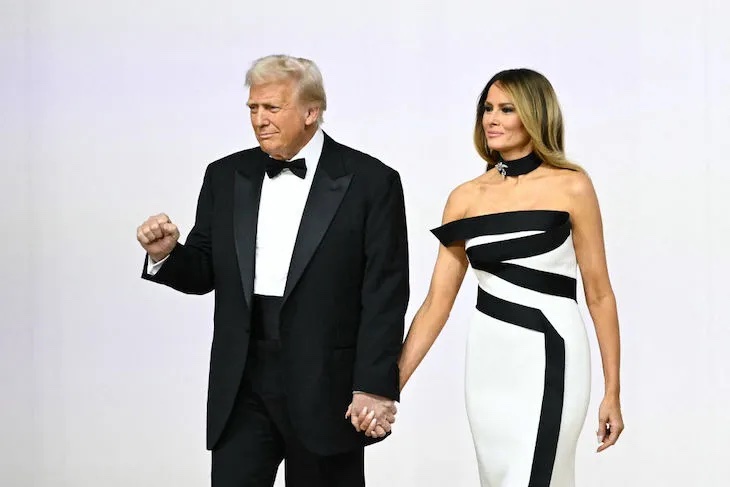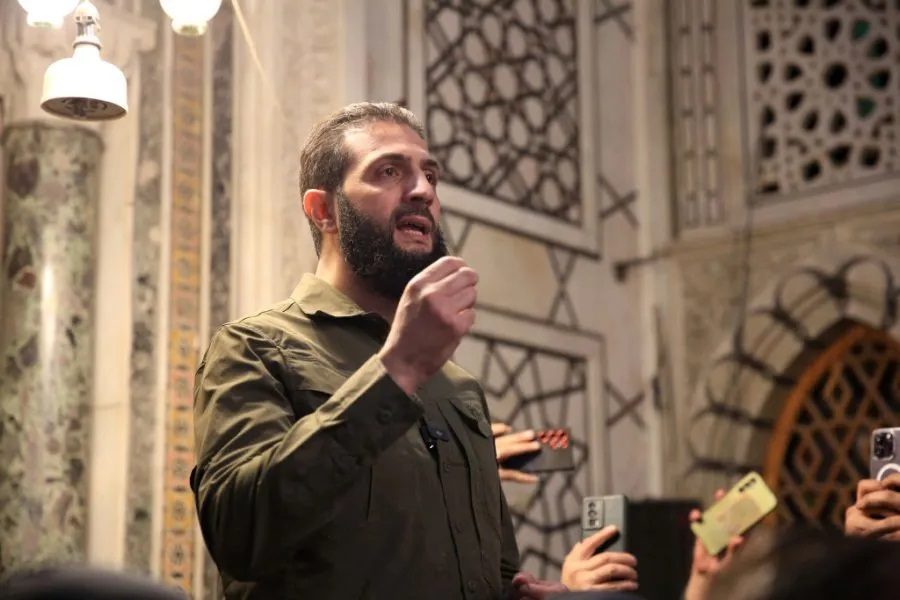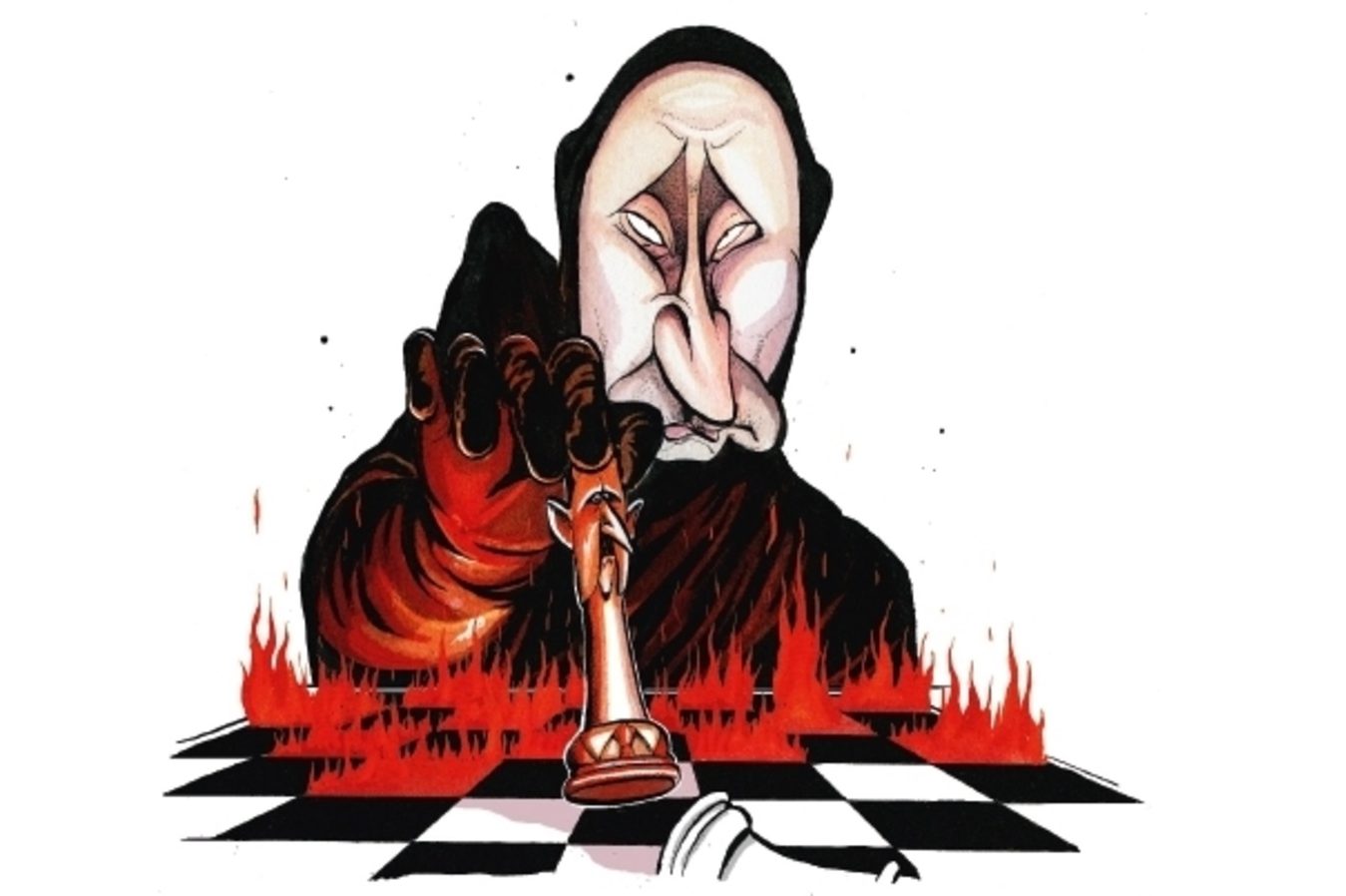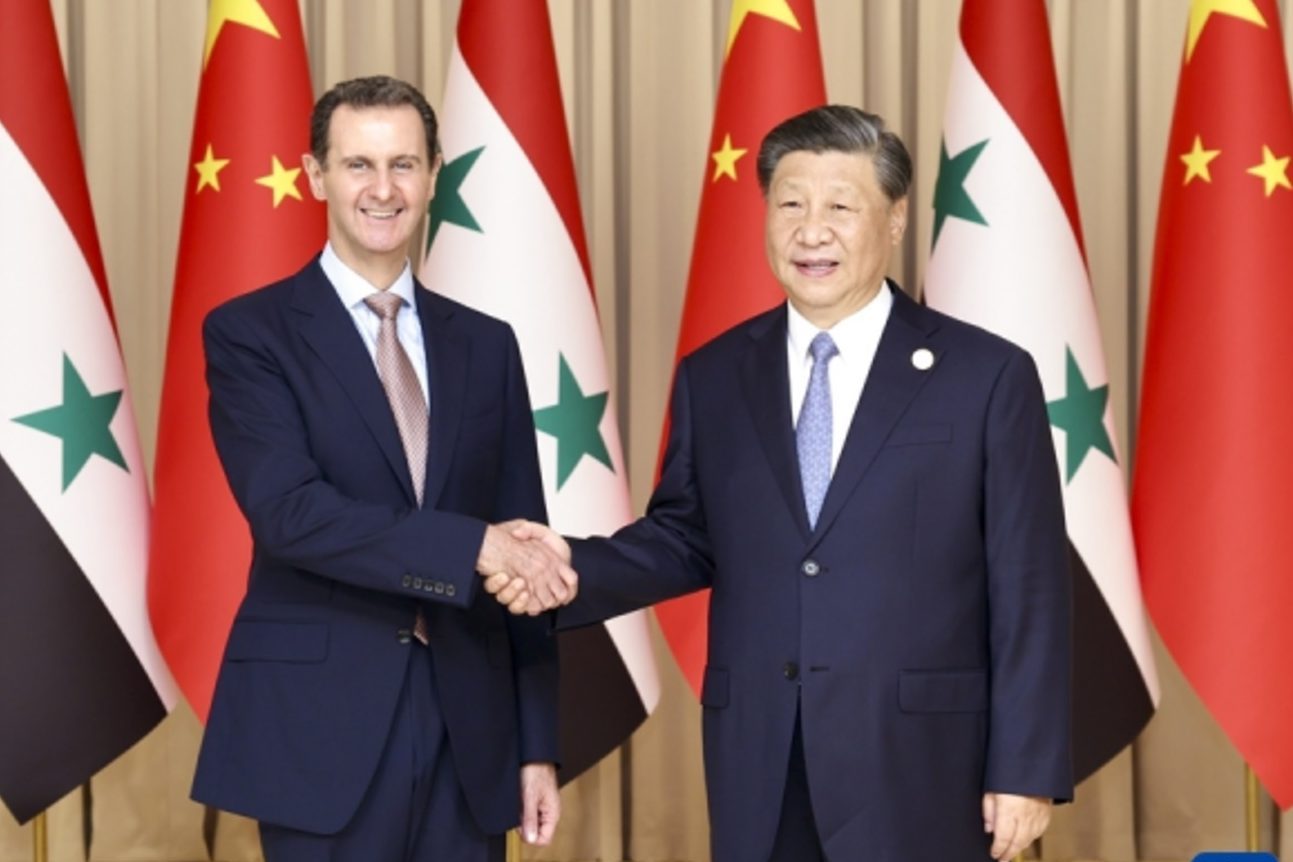The revelation that an Iranian official in charge of Islamic values has been caught on video having sex with another man will have come as no surprise to much of the Iranian population.
Few care about the individual’s sexual preferences but many have contempt for the hypocrisy that is emblematic of the ruling class. Reza Saghati, the local representative of the ministry of Culture and Islamic Guidance in Gilan province, appears to have been imprudent (or hubristic) enough to video his escapades. One of those videos then found its way, courtesy of local activists, onto a local social media channel. This was swiftly followed by another leak which suggested that a local cleric in charge of maintaining good Islamic morals was also indulging in behavior contrary to his beliefs.
The hypocrisy of the ruling class has long been a topic of discussion among Iranians. There are frequent criticisms of the obscene levels of wealth elites have accumulated, the preferential treatment they receive and the alacrity with which the most senior officials send their sons and daughters abroad while Iranians struggle at home. There is also plenty of anger about the sanctimonious piety that the state preaches and imposes upon the population.
This imposition of strict Islamic strictures, the hallmark of the Raisi presidency, led to a serious crisis for the Islamic Republic last year. When an Iranian woman, Mahsa Jina Amini, died in custody last September for refusing to wear the hijab, there were mass protests — the biggest since 2019 — that rocked the regime.
But once Iran was confident the protests had been suppressed, the regime revealed its ideological fossilization. Having wavered on the strict enforcement of hijab for women in early January — recognizing perhaps that many of the youthful protesters came from the families of the very security forces sent to suppress them — Ayatollah Khamenei soon rebounded. Within weeks he reiterated that the protests were caused by foreign forces and insisted that there was no room for compromise on the veiling of women.
Meanwhile the regime basked in its apparent success at clamping down on the protests, and struck a dramatic rapprochement with its rival, Saudi Arabia — regarded by the regime as one of the instigators of the demonstrations. Much of this diplomatic activity was performative though. As was the re-establishment of “order” in the country. It soon became apparent that since the protests many women had decided to cast off the veil altogether. For all the regime’s triumphalism, it is estimated that around 20 percent of women in cities currently ignore hijab restrictions.
Despite remonstrations from more moderate political figures, the regime then decided last month to crack down further by not only reintroducing the Morality Police (which never really went away) but proposing a much harsher law on “Hijab and Chastity” which imposes rigorous restrictions on both sexes. The law has yet to be passed by parliament but it did not go unnoticed that the original draft introduced by the judiciary — not known for its leniency — was beefed up considerably by the parliamentary committee tasked with reviewing it. Its introduction has proved highly provocative and has angered activists, who have made clear that if the regime is determined to have a fight it will get one. This forms the backdrop to the latest sex tape leaks.
There is much talk in Iran about there being further protests on the anniversary of Mahsa’s death this September. But given the regime will have likewise taken note and taken precautions, it is not a date we should fixate on. The embers of discontent could combust at any time. Even the holy month of Moharram, when Shi’as traditionally commemorate the martyrdom of Imam Hossein, has not gone entirely to plan for the regime. At one event Iranians refused to walk over US, Israeli and Swedish flags left on the ground. Anti-government chants have also been reported.
It goes without saying that while the regime is fixated on enforcing its ideological diktats, none of the fundamental problems facing the country are being addressed. The economic crisis continues, with economists now warning that the country is facing a pensions crisis. One official was recently sacked for “joking” that Iran could solve the shortfall by selling some of its islands. Meanwhile some 21 millions Iranians are struggling to access water and another 14 million are facing what the authorities have described as a water “catastrophe.” That one of the provinces affected is Gilan — where rainfall should be abundant — is a tragic inditement of the woeful state of Iran’s infrastructure.
Ironically, despite continued tensions, the one lifeline being extended to the Islamic Republic is the Biden administration’s lax enforcement of oil sanctions. This is allowing Iran to stabilize — though not strengthen — its much weakened currency. Its much vaunted Russian alliance, meanwhile, has characteristically come up short as the minister of defense was forced to admit that the plan to purchase Russian Su-35 advanced fighter jets had collapsed and that Iran would have to build their own.
As with its crackdown on public morals, Iran is finding out that reality always bites.
This article was originally published on The Spectator’s UK website.



